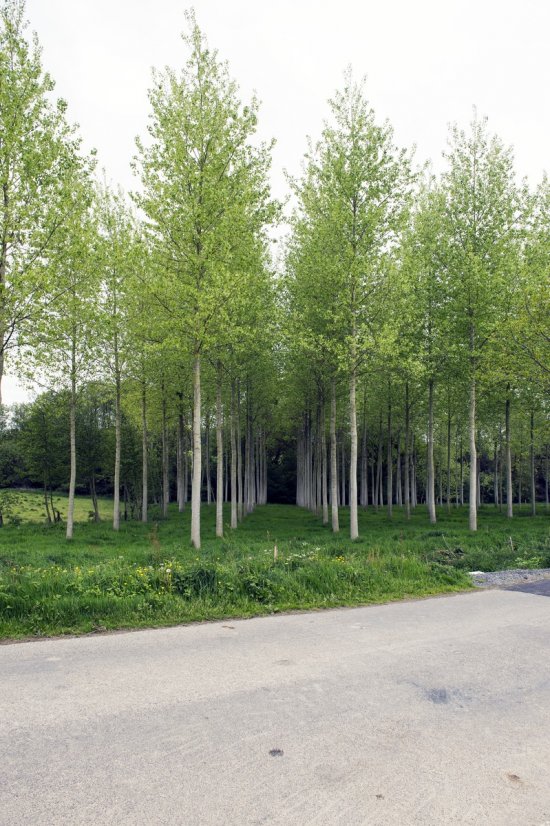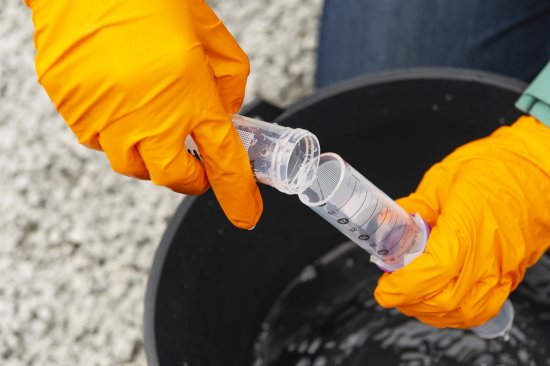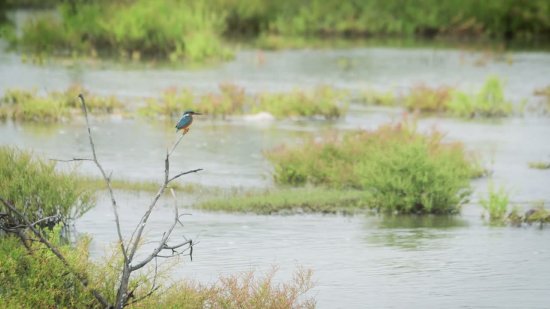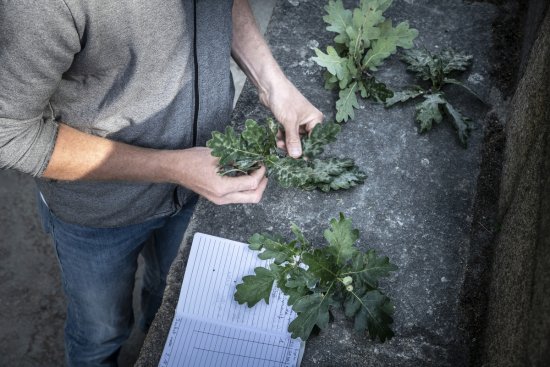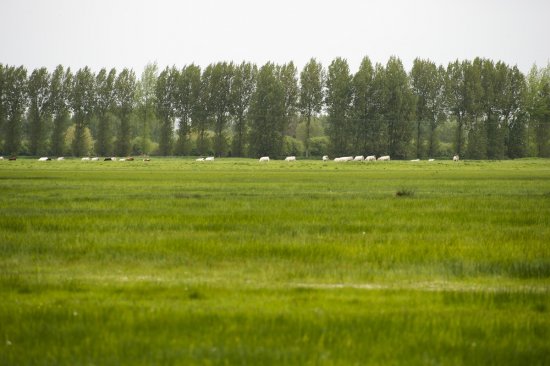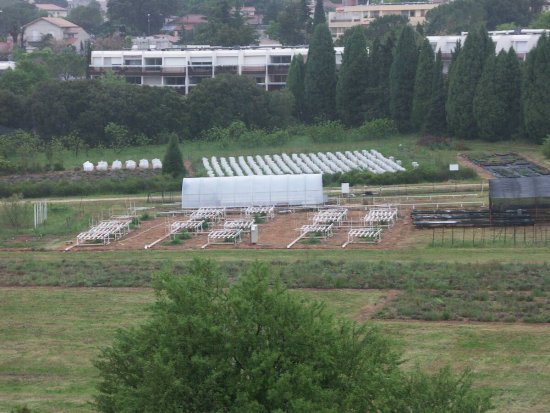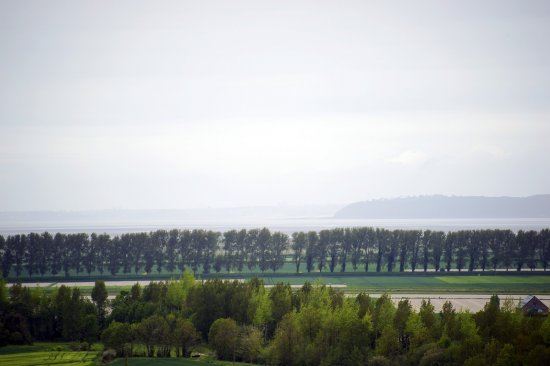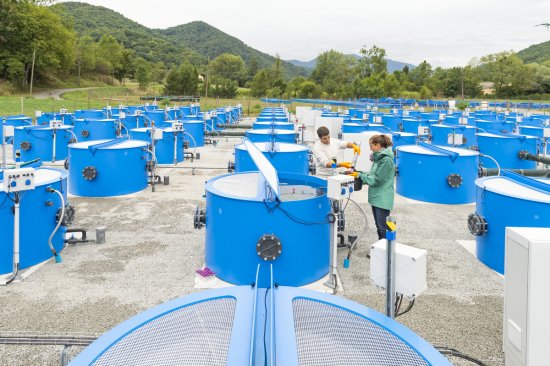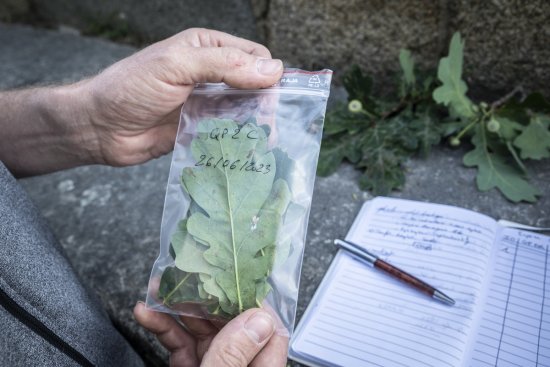Only available for non-commercial distribution
© CNRS Images - 2015
Reference
4673
Mercury Hunters of the Altiplano (The)
On Lake Titicaca, between Bolivia and Peru, the Pachamama mission researchers study the changes and transformations of pollutants in order to better hinder their mutations and reduce their poisonous impact on the environment.
They focused on methylmercury, the most toxic form of mercury. It poisons molluscs and small animals that feed on the biofilms present on the totora (reeds that have been exploited for centuries by local populations), then their predators, thus infecting every link in the food chain right through to man. David Amouroux, a geochemist and coordinator of the mission, makes a detailed description of the experiments and instruments set up by his team on this lake, which has become a true open-air laboratory.
Duration
Production year
Définition
Color
Sound
Version(s)
Original material
The use of media visible on the CNRS Images Platform can be granted on request. Any reproduction or representation is forbidden without prior authorization from CNRS Images (except for resources under Creative Commons license).
No modification of an image may be made without the prior consent of CNRS Images.
No use of an image for advertising purposes or distribution to a third party may be made without the prior agreement of CNRS Images.
For more information, please consult our general conditions


